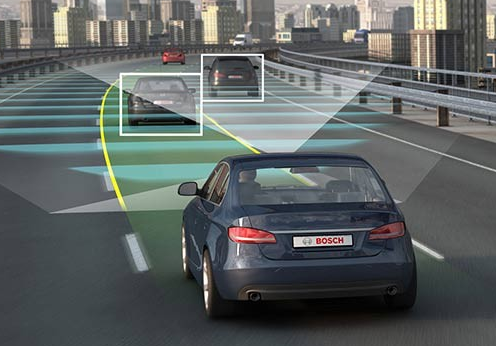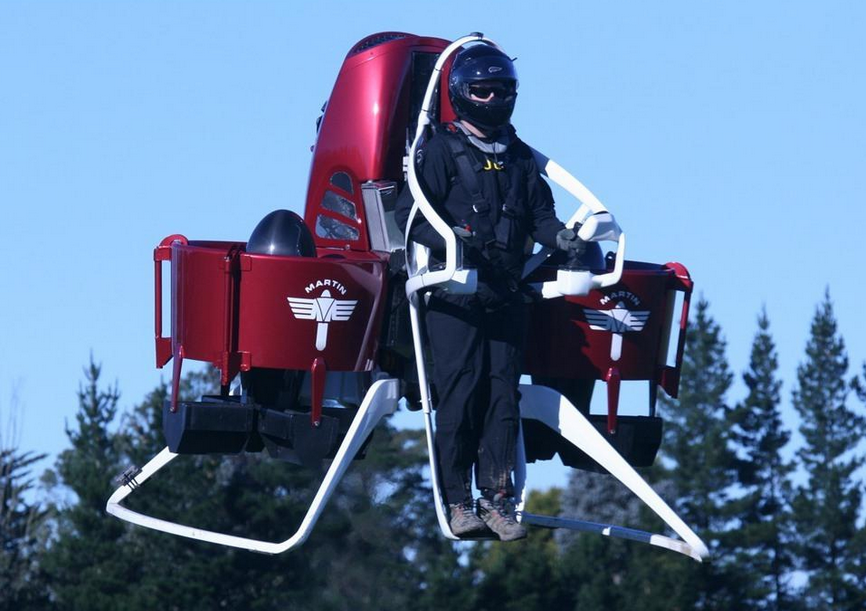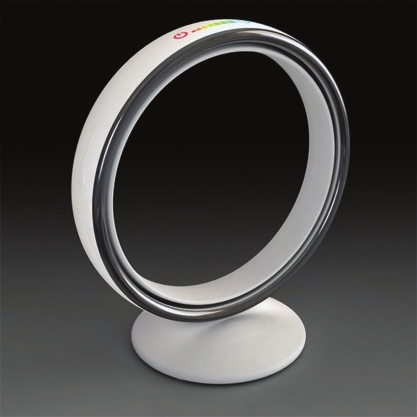5.E-Cigarettes
E-cigarettes first started becoming popular in 2012. They work by heating a nicotine fluid to mimic a real cigarette. Their invention is usually credited to Chinese pharmacist Hon Lik, who reportedly created it after he dreamed that he was drowning in a cloud of vapor. His father had died of lung cancer caused by cigarettes. He himself was an unrepentant smoker who had unsuccessfully tried quitting by using a nicotine patch.

The fact is, Hon Lik is not the first person to invent the e-cigarette. Way back in 1963, Herbert Gilbert made the world's first device that could be used to inhale tobacco-flavored air. In Gilbert's original version, there was no form of combustion and it was free of nicotine. He later designed a prototype that used a battery to create heat. He also used different flavors of water to create steam. He presented his prototypes to different chemical, pharmaceutical, and tobacco companies, but they simply turned down his prototypes.
4.Autonomous Cars

Also called self-driving cars, autonomous cars have been making the news recently. Chief among them are Google's self-driving cars. Google's driverless cars have traveled over 480,000 kilometers (300,000 mi) with only two accidents, both of which were caused by humans. But self-driving cars aren't new. In fact, their concepts have arguably been around since the days of Leonardo da Vinci, who invented a spring-powered cart with a programmable steering device.
3.Flying Bicycles

A few years back, a flying bicycle called the "Paravelo" was invented. And it isn't called a flying bicycle for fun. It is a bicycle (with a large parachute on top) that actually flies. It travels around 25 kilometers per hour (15 mph) on land and 40 kilometers per hour (25 mph) in the air. It can also fly up to a height of 1,200 meters (4,000 ft). The best part? You don't need a pilot's license. The Paravelo has been called the world's first flying bicycle, a title we must point out it does not really own.
2.Jetpacks

In 2010, the Martin Aircraft Company introduced a jetpack it called "the world's first piratical jetpack." The jetpack even won a spot in Time's Top 50 Inventions of 2010. While its development has been on since 1981, the world's first jetpack is known to have flown in 1958. It was designed by Wendell Moore, a researcher at Bells Aerosystems. Early prototypes of Wendell's jetpack could reach a height of 5 meters (16 ft) and remain airborne for three minutes. This attracted the attention of the US Army, which funded the project with $150,000. Several test flights were later done for the US Army and even for JFK himself. The army later stopped paying for more research into the project because the flight time and distance were not convincing enough. NASA also wanted to use the jetpack for their Apollo 11 mission to serve as backups in case their lunar module malfunctioned. They later changed their minds, going for the lunar rover instead. After this setback, Bell discontinued further research on the jetpack.
1.Bladeless Fans

Simply put, bladeless fans are fans without blades. They work by sucking in air at their base and then blowing them out through several holes in their ring. The fan is reported to have been invented by James Dyson, who calls it the "Air Multiplier." Just like the flying jetpack, it earned a spot in Time's list of notable inventions of 2009. And just like the jetpack, it was not the first of its kind. The first bladeless fan was actually patented in 1981 by a Japanese company called Tokyo Shiba Electric. Although Tokyo Shiba's bladeless fan was never manufactured, James Dyson's initial design of a bladeless fan design looked so similar to that of Tokyo Shiba Electric that the patent office refused to grant him a patent. The patent granted to Tokyo Shiba had already expired, but the patent office still required something substantially different before it could grant a new patent to James Dyson. Dyson's patent manager, Gill Smith, did not deny the similarities between both bladeless fans but said the difference between them was the "technology."
来源:前十网












